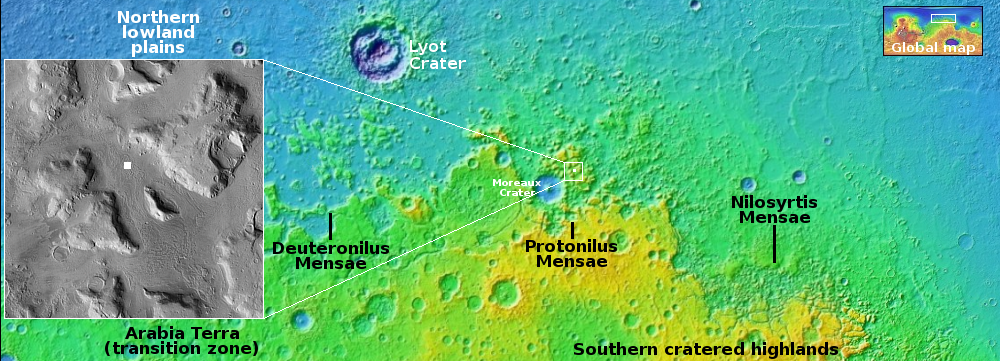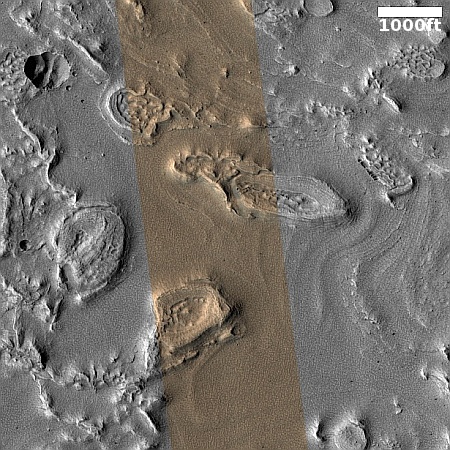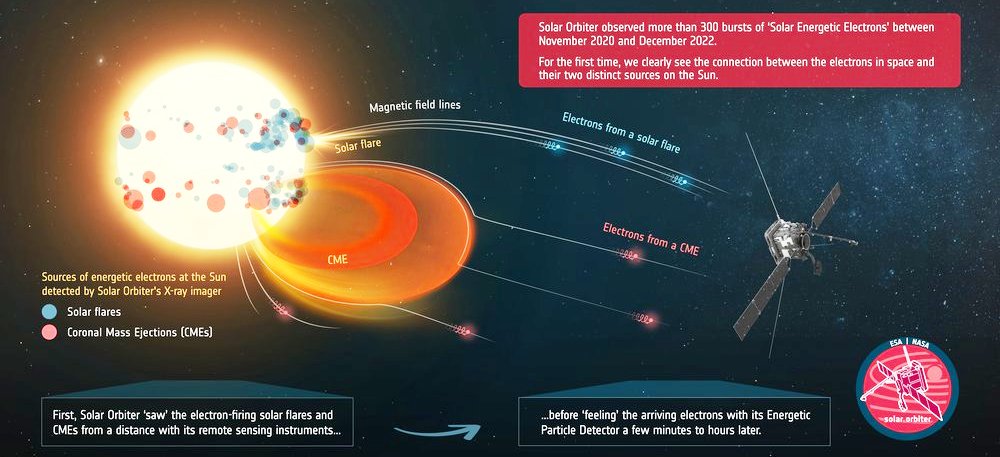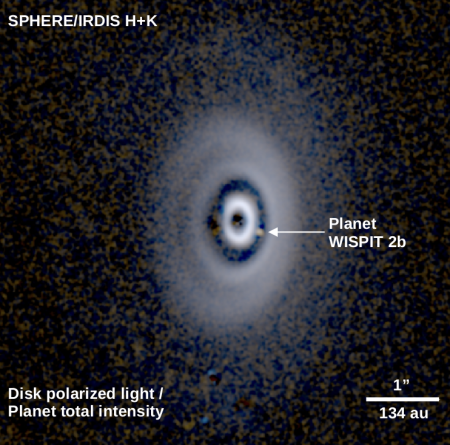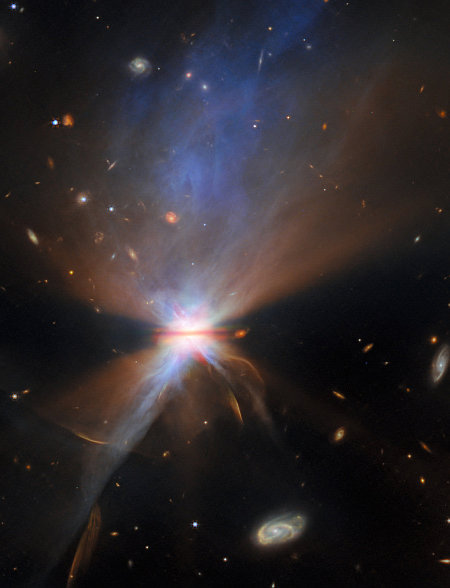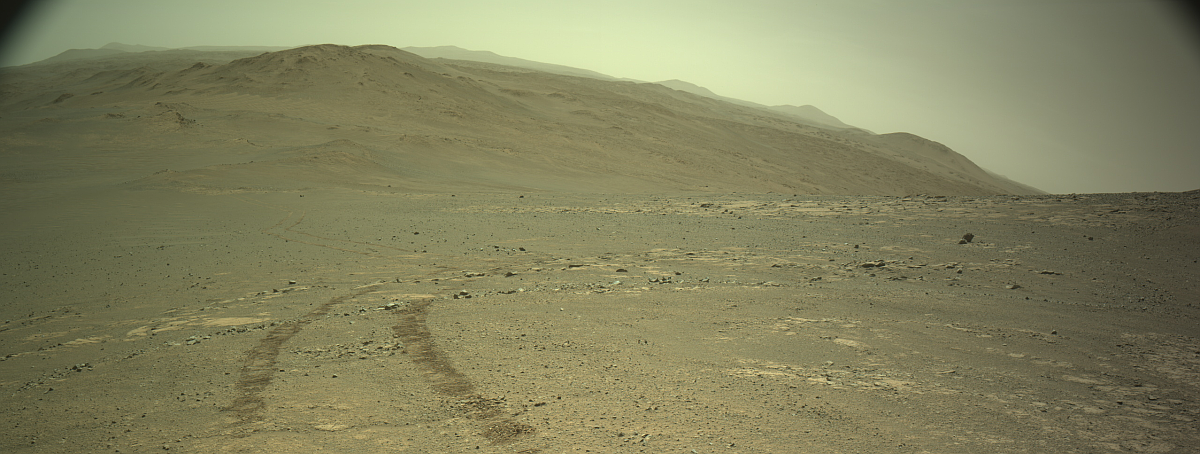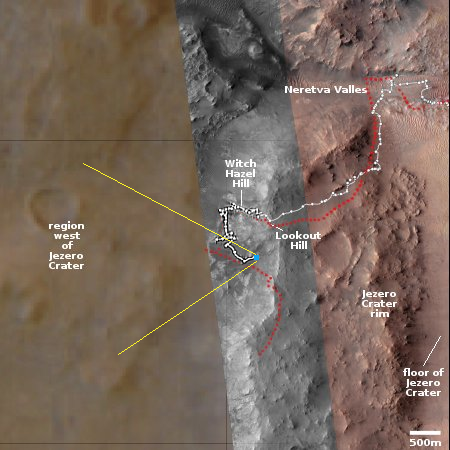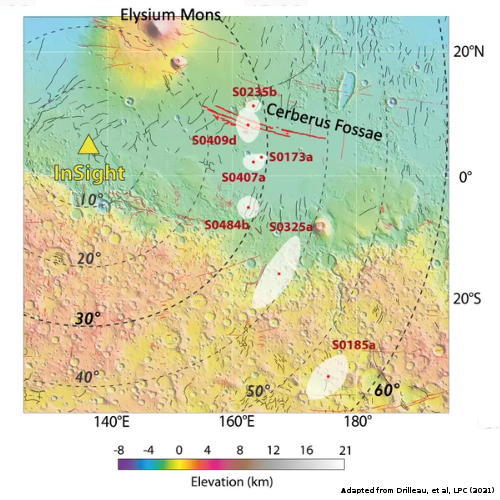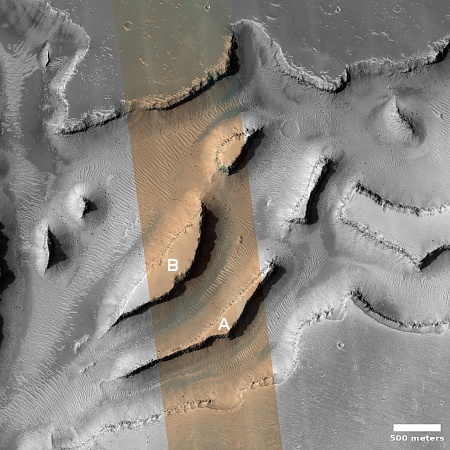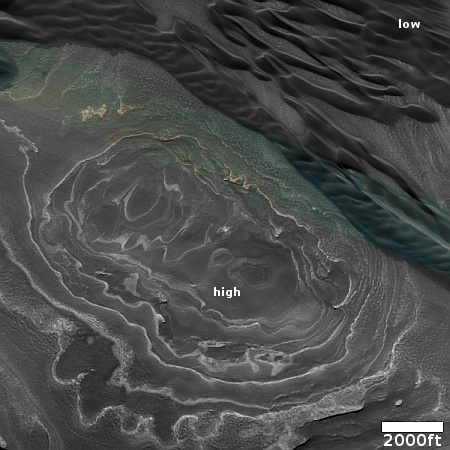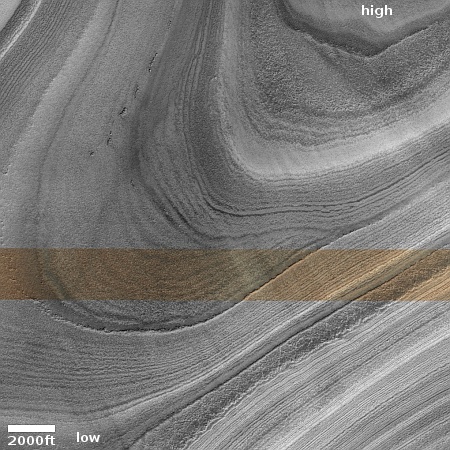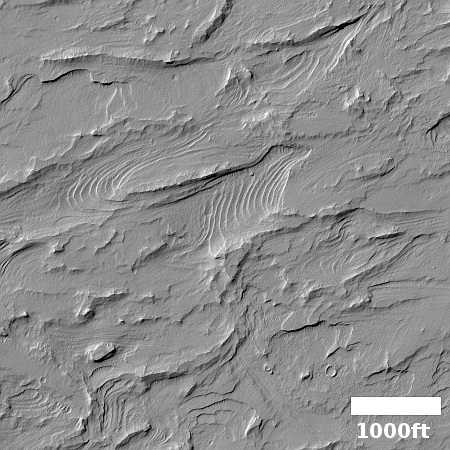An interesting look at why the British government decided to eliminate its space agency

Gone, and likely soon to be forgotten
Link here. The article depends almost entirely on anonymous sources, but unlike most propaganda news stories which typically use such sources to push one pro-government perspective, this article includes sources from a range of viewpoints.
According to those sources who wanted the UK Space Agency (UKSA) gone, the agency was eliminated last month because it simply had not been very effective in building up Great Britain’s space industry. First, it was too focused on doing what the European Space Agency wanted.
The U.K. has had a different approach to space than its European counterparts, such as Germany, France and Italy, the source explained. Historically, the U.K. has dedicated most of its resources to the European Space Agency (ESA) rather than pursuing a multipronged approach involving a strong domestic space program and bilateral partnerships independent of ESA. Therefore, over 80% of UKSA’s budget has been placed into ESA. The perception in the government was that UKSA was acting more in line with ESA’s wishes than with the U.K. government’s needs, the source added.
Second, it not only did nothing to alleviate the red tape hampering the industry, its existence added a layer that made things worse. Numerous studies and hearings before Parliament in the past five years have bewailed the situation. The inability of the rocket companies to get launch licenses — for years — proved their correctness.
Meanwhile, the anonymous sources opposing the agency’s elimination argued that without it Great Britain will be in a weaker position negotiating with its ESA partners as well as projecting itself internationally in the space field.
» Read more

Gone, and likely soon to be forgotten
Link here. The article depends almost entirely on anonymous sources, but unlike most propaganda news stories which typically use such sources to push one pro-government perspective, this article includes sources from a range of viewpoints.
According to those sources who wanted the UK Space Agency (UKSA) gone, the agency was eliminated last month because it simply had not been very effective in building up Great Britain’s space industry. First, it was too focused on doing what the European Space Agency wanted.
The U.K. has had a different approach to space than its European counterparts, such as Germany, France and Italy, the source explained. Historically, the U.K. has dedicated most of its resources to the European Space Agency (ESA) rather than pursuing a multipronged approach involving a strong domestic space program and bilateral partnerships independent of ESA. Therefore, over 80% of UKSA’s budget has been placed into ESA. The perception in the government was that UKSA was acting more in line with ESA’s wishes than with the U.K. government’s needs, the source added.
Second, it not only did nothing to alleviate the red tape hampering the industry, its existence added a layer that made things worse. Numerous studies and hearings before Parliament in the past five years have bewailed the situation. The inability of the rocket companies to get launch licenses — for years — proved their correctness.
Meanwhile, the anonymous sources opposing the agency’s elimination argued that without it Great Britain will be in a weaker position negotiating with its ESA partners as well as projecting itself internationally in the space field.
» Read more

